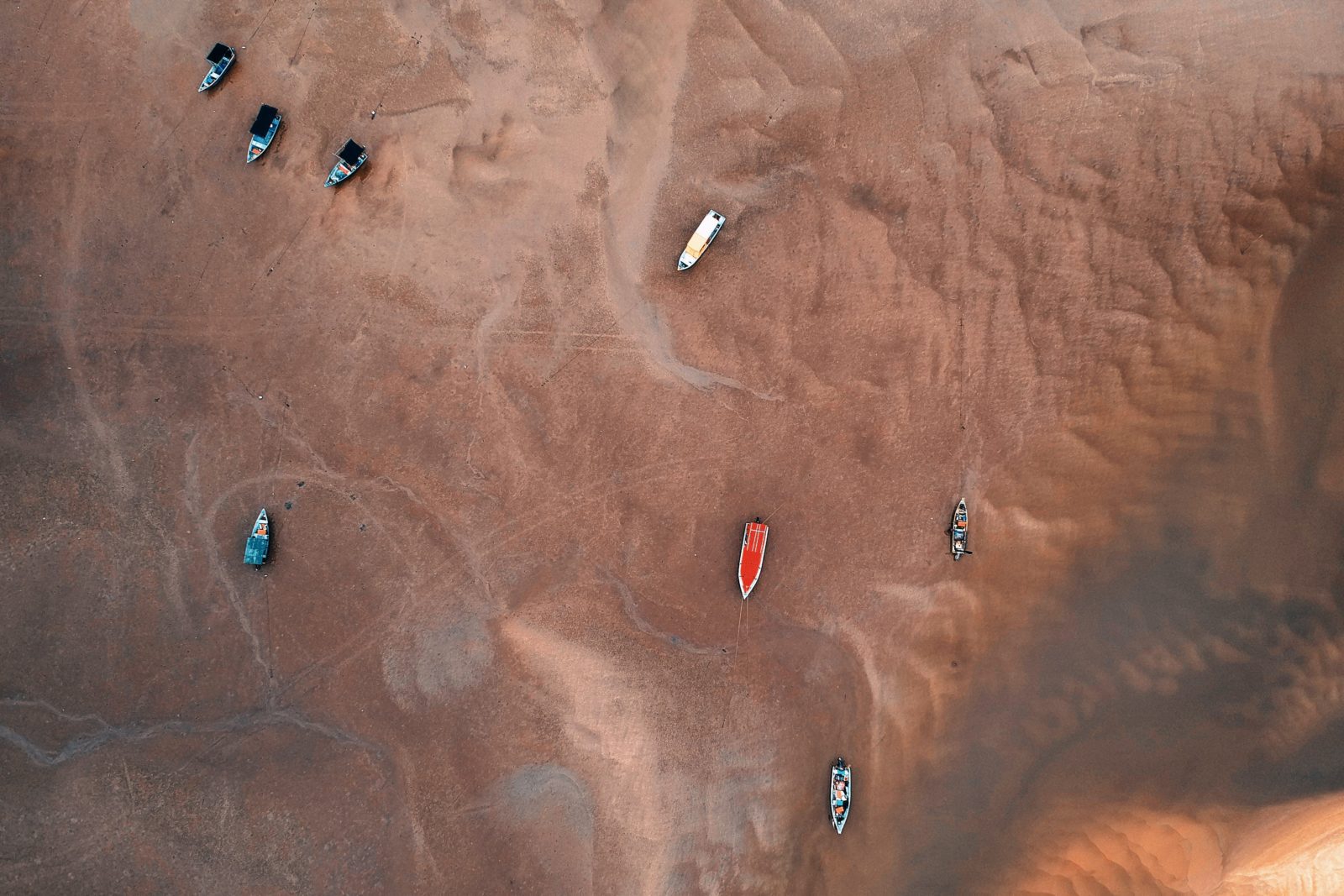The Czech Republic is currently grappling with a severe water crisis. The falling levels of rivers and lakes threatened crops, and dwindling drinking water supply paint a grim picture. According to the Czech Data project, 34% of the country’s territory is threatened by drought, translating to over 30% of agricultural losses.
One of the contributing factors to this crisis is the alarming and long-term decline in groundwater levels. This valuable resource is limited even though it is part of the natural cycle. Alexandra Cholevová, an analyst at Czech Data, warns, “Their replenishment in the event of pollution or complete exhaustion could take decades.”
Data analysis carried out by the Czech Hydrometeorological Institute shows that the average groundwater level, measured by the so-called VAL value, has dropped by 127% over the past eleven years (between April 2011 and April 2022).
The main reason for this decline is primarily the increased water evaporation due to rising temperatures. While the rainfall during this period was only 5% less than the long-term average, the main problem was their distribution. Most rain fell during torrential rains, which flowed over the surface and did not penetrate the subsoil.
Anna Lamačová, a hydrometeorologist, confirmed the ongoing evaporation issue and noted that even more rain would not alleviate the situation. “Most of the rain falls during a few extreme events, and the periods without rain in between them are extended,” explained Professor Martin Hanel from the Czech Agricultural University.
In the fight against drought, several strategies are being explored. In some places, such as Bruntálsko or Vysočina, beavers and their dams retain water in the landscape. Wetlands created by them not only help keep but also purify water. The Centre for Environmental Issues of Charles University and the Biological Centre of the Czech Academy of Sciences have compiled a national standard for soil care. This set of rules, when followed, can directly support water retention in the landscape. The division of fields into barriers, in the form of meadows or infiltration strips, which slow down flowing water and support infiltration, can help.





